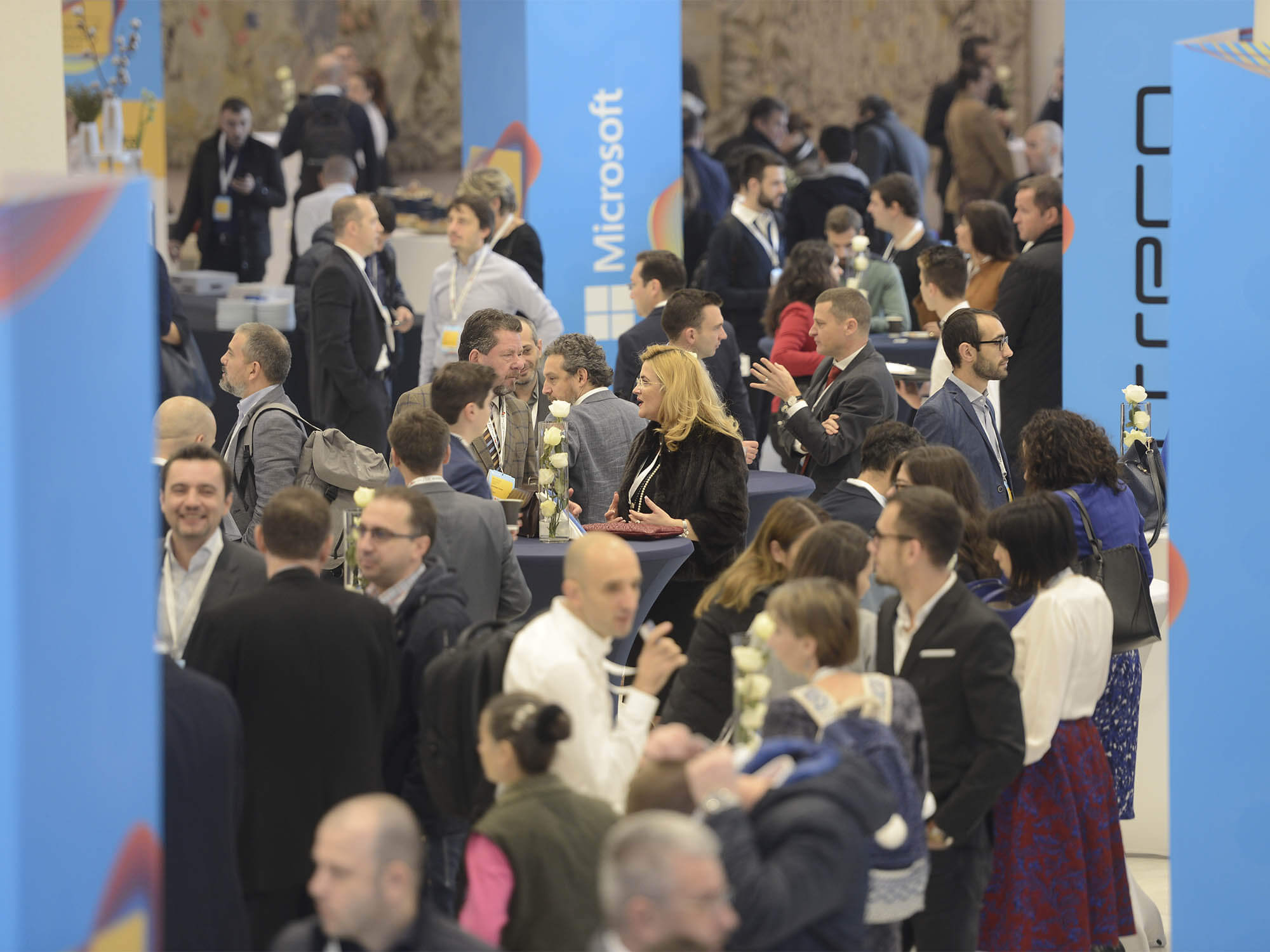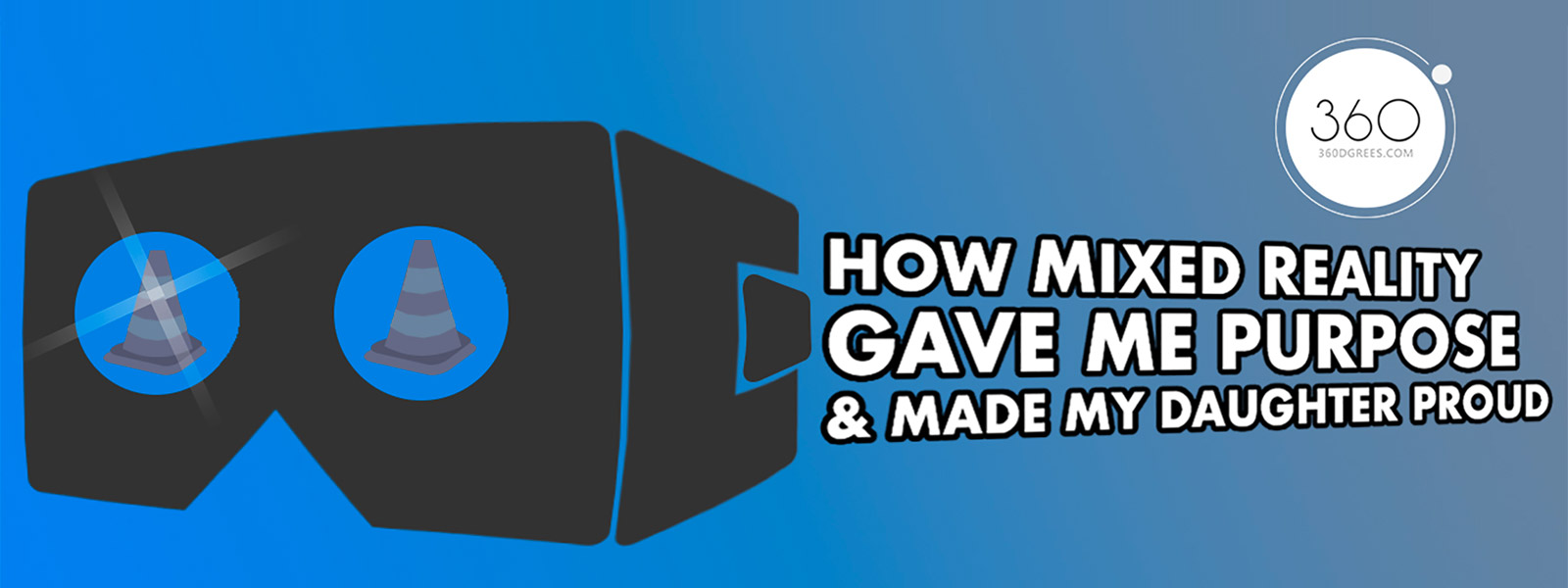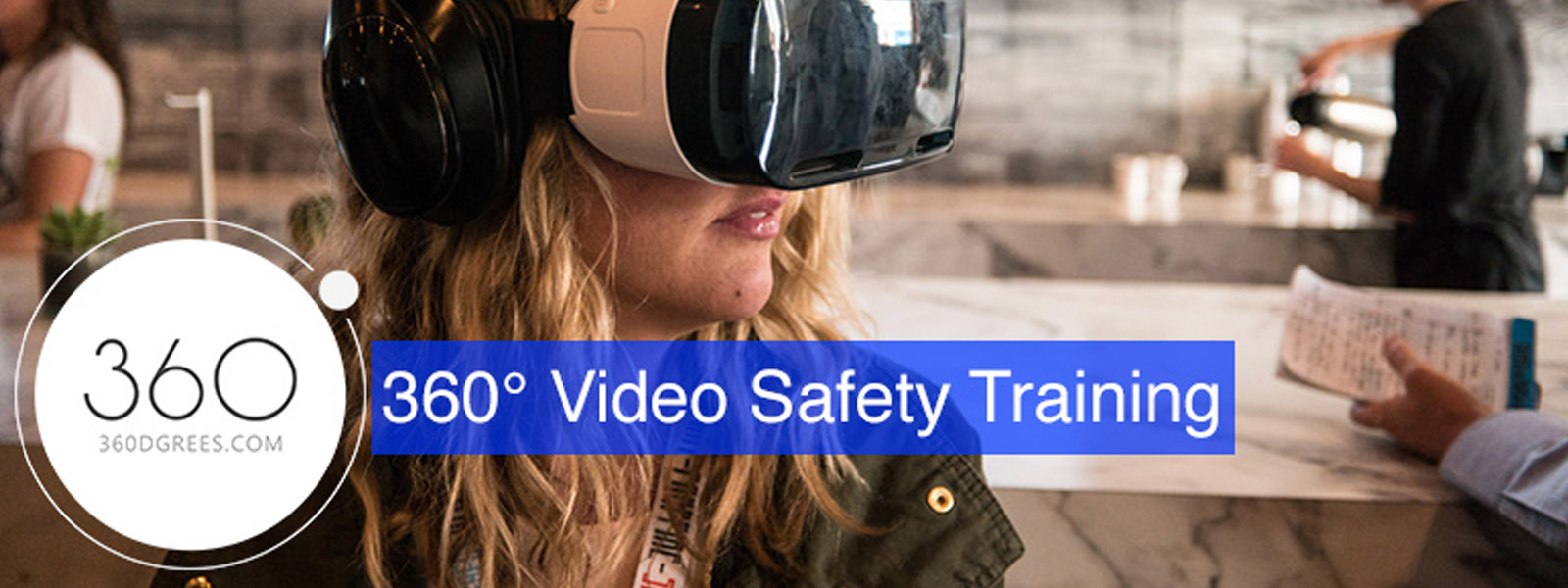How 360° Video is Changing the Future of Safety
Workplace safety is an essential aspect of every business in every industry.
A lack of proper safety precautions in the workplace impacts not just the individuals who are placed in danger, and their families, but the damages can have financial ramifications at every level of management within a business.
Ensuring employee wellbeing means fostering a comprehensive safety culture.
This is a challenge for employers which is often underestimated. Creating a culture of safety means more than just educating staff on protocol, it means creating a training program which can actual transform the habits of employees. Industries are searching for innovation that can protect the welfare of employees and the prosperity of businesses.
The Problem with Traditional Safety Training
Traditional safety training is usually time consuming, expensive, and struggles to actually change patterns of behaviour in a meaningful way.
In fact it often fails on three key fronts:
A failure to adequately demonstrate the consequences of poor safety protocol.
Seminars, workshops, and tests can only go so far in their demonstration of the personal impact of unsafe procedure. Traditional safety training therefore cannot viscerally convey the consequences of courting danger in the workplace, and so fails to break habits.
A failure to provide training in a way than will translate to experience.
Studies show that the most effective learning is kinaesthetic learning. People learn by doing, and there is a psychological divide between theory and practice.
Learning something which needs to be applied empirically, such as safety procedure, requires more than just a theoretical understanding. Simply being told how and why to be safe will never be fully effective. Furthermore, the stressful reality of a dangerous situation is not adequately prepared for by traditional training.
A failure to engage employees.
Put simply, safety training is often perceived as boring or even frustrating by staff. This means that employees do not commit their full attention to the training, and therefore do not retain the information or its empirical significance.
For these reasons, industries are looking for innovations in the field of safety training that can effectively establish a safety culture and protect employees and businesses as a whole. This is where 360° video steps in.
Read also: 5 WAYS TECHNOLOGY IS CHANGING THE WORK
360° Video
 360° video uses either omnidirectional cameras, or a collection of cameras stitched together in post-production, to create spherical videos which can be viewed using a virtual reality headset. With a headset on, the user is in a real world environment where they can look around in every direction. 360° video can also be augmented with interactivity – hotspots which give the user the ability to move between immersive environments, make choices, and more.
360° video uses either omnidirectional cameras, or a collection of cameras stitched together in post-production, to create spherical videos which can be viewed using a virtual reality headset. With a headset on, the user is in a real world environment where they can look around in every direction. 360° video can also be augmented with interactivity – hotspots which give the user the ability to move between immersive environments, make choices, and more.
So what is the relevance to workplace safety?
360° video means placing the employee in a real environment where they are asked to actually respond to safety scenarios in real time. This can be applied across any industry and in every workplace. 360° solves every problem facing safety training.
Read also: HOW 360 VIDEO CAN MAKE PUBLIC TRANSPORT EASIER
Consequences
Making mistakes is one of the most effective ways to learn. However making mistakes in a real-life safety scenario can be disastrous, costing millions of dollars, and resulting in injury or even death. 360° safety training empowers learning through mistakes by viscerally simulating the consequences. This leaves a lasting impact on the user and will actually change their patterns of behaviour.
Kinaesthesia
360° caters to many different types of learners because it is an immersive experience that creates an immediate engagement from the user. It instils safety responses as instinct because it teaches through action, and thus develops perceptuo-motor skills and cognitive problem solving. It simulates the pressure and stress of making safety decisions in the moment, which will translate to real scenarios.
Immersive
It is impossible to give half your attention to a lesson in 360° video. It immediately takes full control of your focus by coercing you to interact with your environment, from the first moment you put on the headset and begin to look around. It brings the student to life and is a memorable experience.
360dgrees.com
Factories, distribution centres, mines, and a range of other industries are already having success implementing 360° VR headset training. Revolutionise the way your business approaches safety by using 360° videos.
Get more information at www.360dgrees.com.
“I hear and I forget. I see and I remember. I do and I understand.” – Confucius



 Now I want you to reimagine that training using our 360dgree.com platform. First, the participant puts on the Mixed Reality headset and is immediately immersed in the environment. They are in the warehouse. They take the point of view of the person walking across the warehouse when they hear an SMS and a phone appears at the bottom of their view. They look down to read the text and in that split second, they are hit by a forklift. Sounds a bit rough right, but not nearly as rough as not getting home to your kids.
Now I want you to reimagine that training using our 360dgree.com platform. First, the participant puts on the Mixed Reality headset and is immediately immersed in the environment. They are in the warehouse. They take the point of view of the person walking across the warehouse when they hear an SMS and a phone appears at the bottom of their view. They look down to read the text and in that split second, they are hit by a forklift. Sounds a bit rough right, but not nearly as rough as not getting home to your kids. You become the forklift driver, the nurse, the student, the teacher. You’re not doing the training, you’re in the training. Actively participating, making decisions and experiencing the outcomes of those decisions.
You become the forklift driver, the nurse, the student, the teacher. You’re not doing the training, you’re in the training. Actively participating, making decisions and experiencing the outcomes of those decisions.

 360° video uses either omnidirectional cameras, or a collection of cameras stitched together in post-production, to create spherical videos which can be viewed using a virtual reality headset. With a headset on, the user is in a real world environment where they can look around in every direction. 360° video can also be augmented with interactivity – hotspots which give the user the ability to move between immersive environments, make choices, and more.
360° video uses either omnidirectional cameras, or a collection of cameras stitched together in post-production, to create spherical videos which can be viewed using a virtual reality headset. With a headset on, the user is in a real world environment where they can look around in every direction. 360° video can also be augmented with interactivity – hotspots which give the user the ability to move between immersive environments, make choices, and more.
